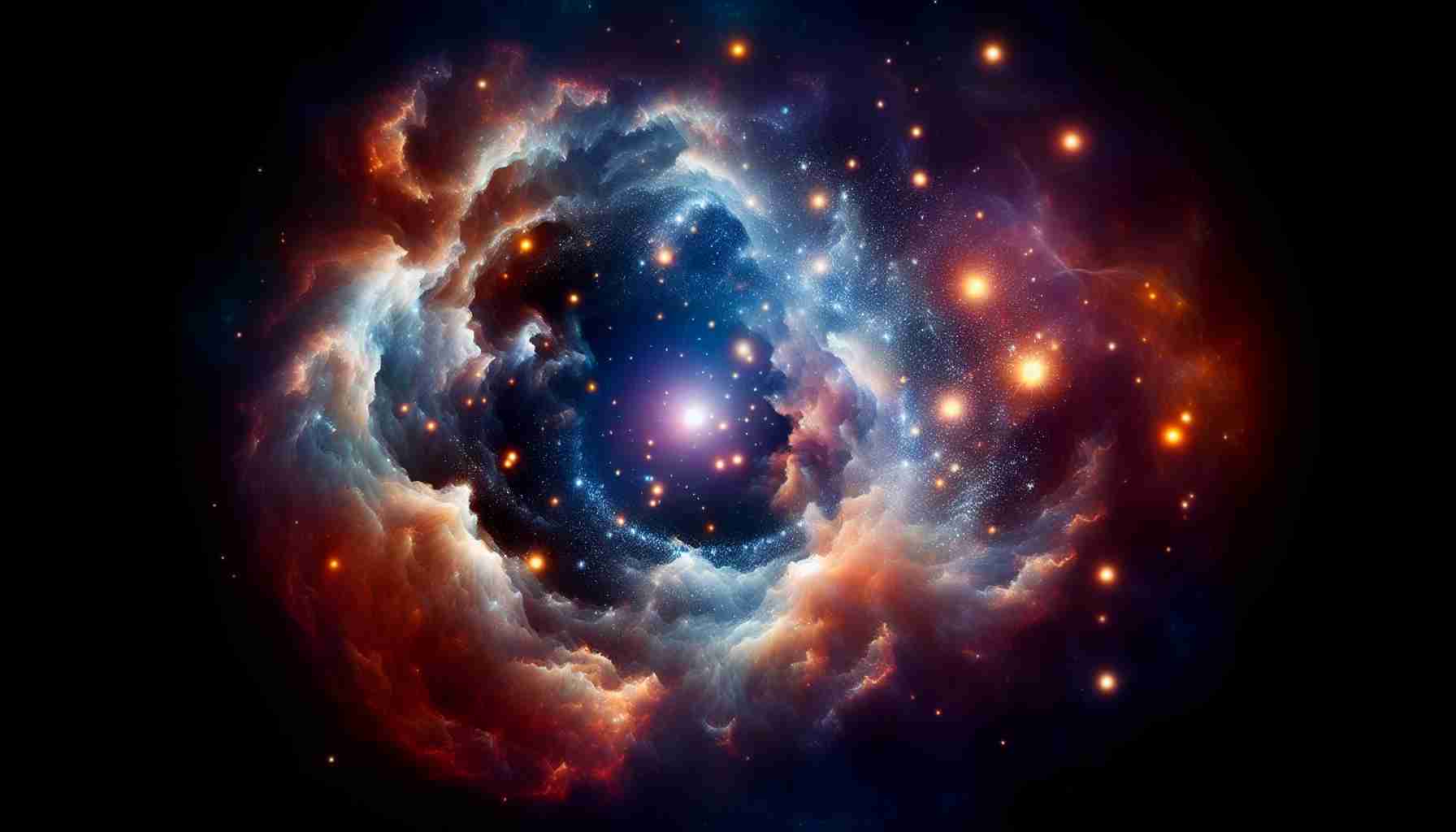- EP240408A is a cosmic explosion detected by the Einstein Probe, initially thought to result from neutron star collisions or a dying massive star.
- Its unique properties suggest it may originate from a supermassive black hole undergoing a tidal disruption event (TDE).
- This event could represent a new type of cosmic phenomenon, challenging existing astronomical explanations.
- EP240408A may be classified as a “jetted TDE,” which occurs when a star is disrupted by a black hole, generating powerful energy jets.
- Jetted TDEs are extremely rare, making up only about 1% of all tidal disruption events.
- A dedicated international research team is leveraging advanced telescopes to study and understand this fascinating event further.
A mysterious cosmic explosion has astronomers on the edge of their seats. Detected by the Einstein Probe last April, the event, labeled EP240408A, was initially thought to stem from either colliding neutron stars or the death throes of a massive star. However, its unique characteristics soon suggested a more fascinating origin: a supermassive black hole tearing apart a star in a tidal disruption event (TDE).
EP240408A defies conventional explanations, with scientists wondering if this could be an entirely new cosmic phenomenon. Following up on this enigma, an international team of experts utilized advanced observing tools from NASA, hoping to unearth the truth behind its dazzling yet puzzling signature.
Remarkably, this event might be a “jetted TDE,” a rare occurrence where a star’s destruction generates powerful jets of energy. These TDEs occur when stars venture too close to supermassive black holes, leading to their spaghettification, a process reminiscent of a noodle being stretched and ripped. Unlike typical TDEs, jetted versions release energy in remarkable new ways, accounting for a mere 1% of all such events.
The research team, armed with advanced telescopes and excited by the prospect of uncovering new cosmic behavior, is committed to exploring this captivating mystery further. As EP240408A continues to baffle scientists, it reminds us of the untold stories that the cosmos holds. The universe may be counting on us to uncover these stellar secrets!
Discovering the Secrets of a Cosmic Explosion: What EP240408A Could Reveal!
Recent Insights on EP240408A
The fascinating cosmic explosion titled EP240408A has captivated astronomers around the globe, leading to fresh avenues of research and speculation regarding its origins. Here are new, relevant insights into this celestial mystery:
– Multi-Wavelength Observations: EP240408A has been monitored across various wavelengths, including X-rays, optical, and radio frequencies, providing a broader understanding of the event’s energy emissions and physical properties.
– Potential for New Physics: The unique characteristics of EP240408A suggest it might challenge existing astrophysical models. Researchers are investigating whether this event represents a new type of astrophysical phenomenon, potentially shedding light on the behavior of matter and energy in extreme conditions.
– Long-Term Monitoring Initiatives: Teams are developing plans for long-term observational campaigns to collect more data over the coming months and years. This sustained effort could uncover time-variable phenomena associated with the aftermath of the event.
– The Role of Citizen Science: Increased interest in objects like EP240408A has spurred initiatives that involve citizen scientists, allowing enthusiasts and amateurs to contribute to observations and data collection.
Frequently Asked Questions
1. What causes tidal disruption events (TDEs) like EP240408A?
– TDEs typically occur when a star comes too close to a supermassive black hole, resulting in its gravitational pull tearing the star apart. The process, known as spaghettification, leads to the formation of jets of energy, especially in jetted TDEs. These jets can emit radiation across the electromagnetic spectrum.
2. Why is EP240408A considered a potential ‘jetted TDE’?
– EP240408A emitted powerful bursts of energy reminiscent of the characteristics associated with jetted TDEs. Only about 1% of tidal disruption events have been observed to develop jets, making this discovery exceptionally rare and noteworthy.
3. How does this discovery impact our understanding of black holes and galaxy evolution?
– The findings surrounding EP240408A could provide crucial insights into the dynamics of black holes and their interactions with surrounding stars. Understanding these events can also contribute to the broader picture of galaxy evolution, as supermassive black holes are believed to play a vital role in the formation and behavior of galaxies.
Related Links
NASA
American Astronomical Society
Scientific American
As scientists delve deeper into the mysteries of EP240408A, the potential implications for our understanding of cosmic events and the fundamental workings of the universe are immense. Each new discovery could unveil another layer of intrigue in our comprehension of astronomical phenomena.













